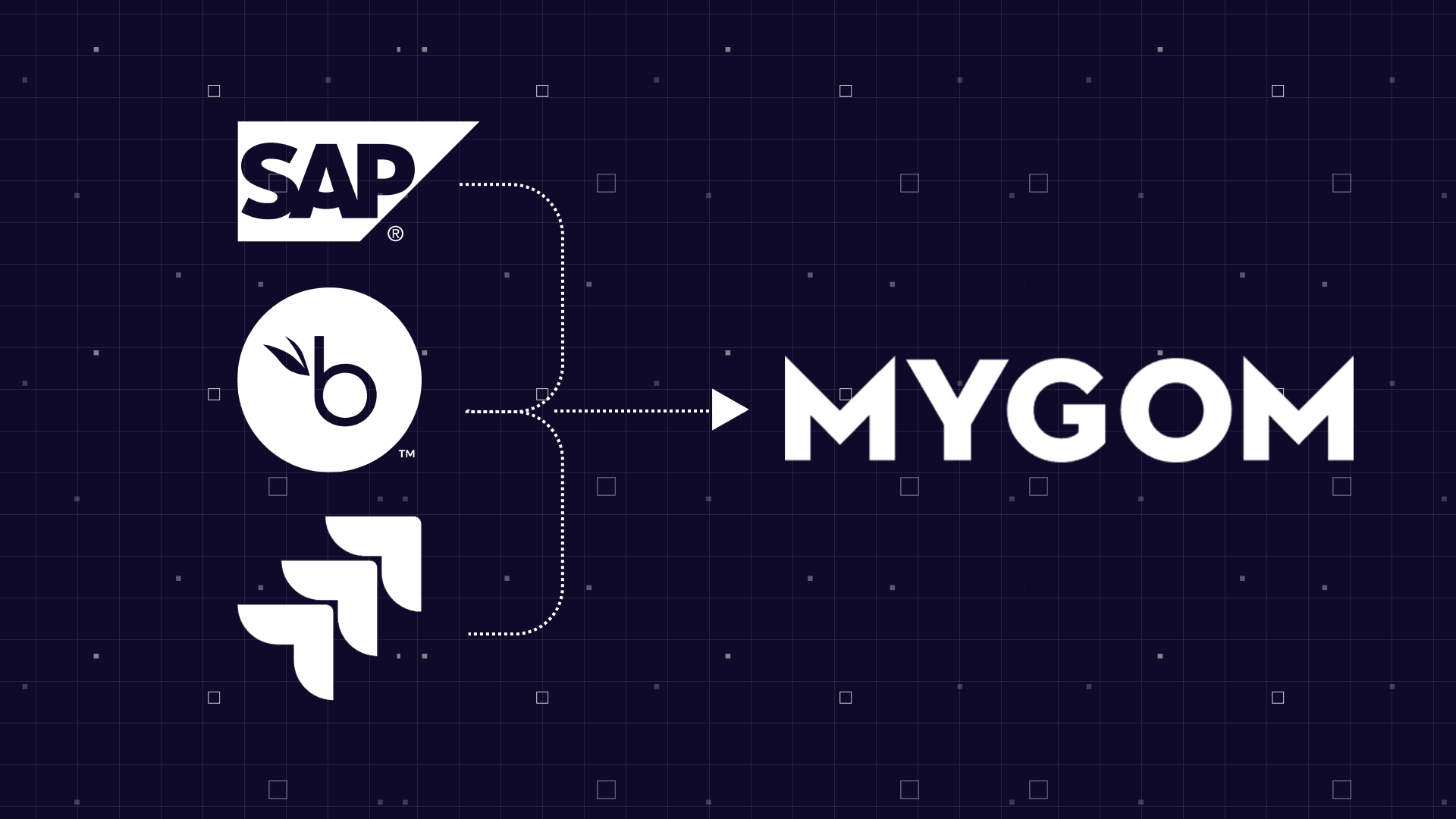August 1, 2025
A SIMPLE CHANGE SAVING US HOURS ON SALARIES

Imagine this.
You open the monthly salary report, and something’s off. Again. The numbers don’t match the budget, and no one’s sure why.
Turns out, some developers had been moved between projects, but the systems didn’t keep up. One was too expensive to stay on a low-margin client. Another got reassigned, but the tools didn’t reflect it.
And trying to untangle the mess? That took hours. Across tools. Across teams. And a whole lot of “just double-checking.”
It wasn’t a people problem. It was a systems problem.
HR was in Bamboo, finance in SAP, and projects in Jira. None of them talked to each other. Every update meant copy-pasting spreadsheets, chasing email approvals, and hoping nothing got lost in the shuffle. Something always did.
We tried Zapier, built custom scripts, and even hired consultants. Every patch added more complexity.
So we built something ourselves. It started as an internal tool, and the headaches immediately began to melt away. Updates that used to take days now happen in minutes. Suddenly, we could trust the numbers we saw, no more triple-checking or endless email chains. Our end-of-month scramble became a quiet routine, and our team got back hours to focus on the things that matter. Now, we’re onboarding other teams too, turning chaos into clarity day by day. That’s how MYGOM AI was born.
Here’s how it works in real life.
Let’s say HR hires a new developer. They add her once to BambooHR. That’s it. MYGOM instantly picks it up and pushes her info straight to SAP, so she shows up on payroll. No missing paychecks, no extra forms to fill out. Next, it automatically spins up a Jira task for onboarding, so the tech team knows she’s coming and can get her set up with equipment, accounts, and whatever else she needs. As a bonus, everyone who needs to know gets a Slack ping. No one’s left in the dark, and no one’s sending those “Did someone add newbie to payroll yet?” messages.
Before:
HR entered the new hire in BambooHR. Then they emailed Finance. Finance had to copy the info over to SAP and file the paperwork. Project managers got looped in days later, created onboarding tasks in Jira, and sent another round of emails to coordinate equipment and accounts. It took at least three days and five people, and still, something could easily fall through the cracks.
Now?
HR enters the details in BambooHR, and the rest just happens. She’s in payroll, she’s got onboarding tasks, and the team knows she’s arrived. No copy-paste, no back-and-forth, no missed steps.
Five minutes, one person, no stress.
That’s how our salary processing time dropped 40%. But honestly, the number is just a milestone. The real win is how we got there - no more hours wasted double-checking what should already be right.
No more Slack threads wondering, “Is she still on the team?”
No more salary surprises.
No more trust issues with the data.
Back when we were juggling Bamboo, SAP, Jira, and Slack, quick fixes only solved half the problems. The headaches always crept back with new names - messy handoffs, missing info, endless copy-paste.
Building MYGOM AI was our turning point. Suddenly, our old tangled workflows turned into a single, smooth handoff. People get paid, projects get staffed, teams stay in the loop. None of the usual drama.
The big lesson? You don’t have to live at the mercy of your mismatched tools. Once your core systems speak the same language, everything just works automatically, accurately, and quietly.
We rebuilt our path from chaos to clarity, and we’re not looking back. It’s a total reset on how work should feel. We did it for our team and saw what’s possible when your tools work together. Now it’s your move - choose clarity, leave the scramble behind, and start running your business on your terms.